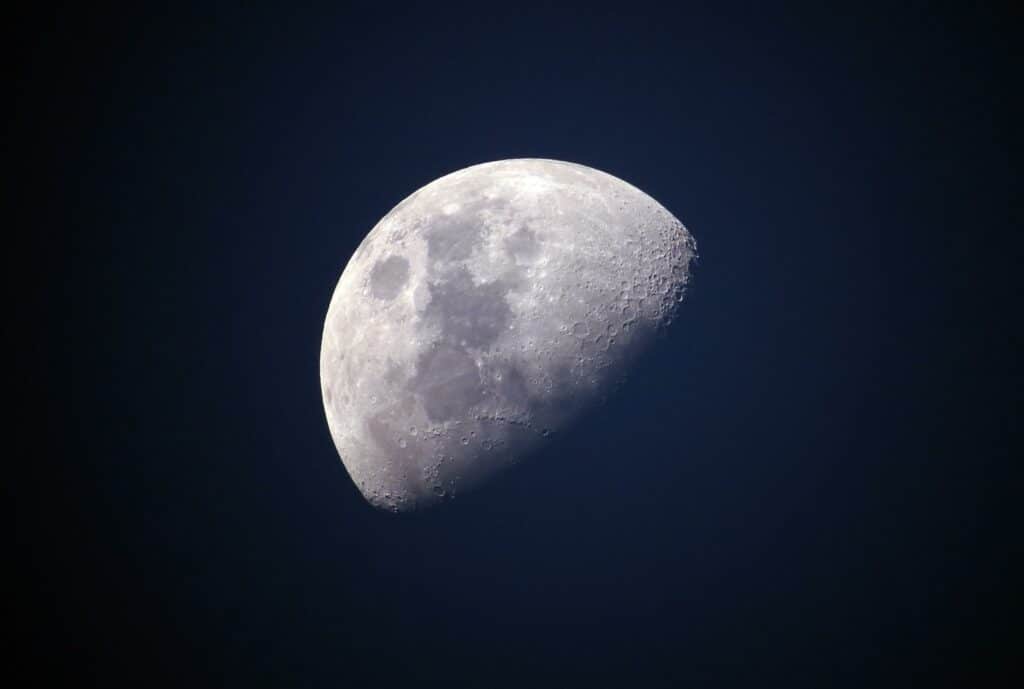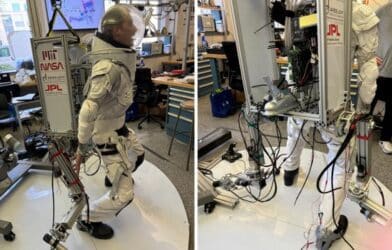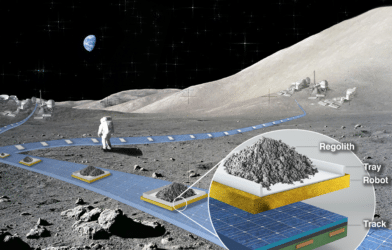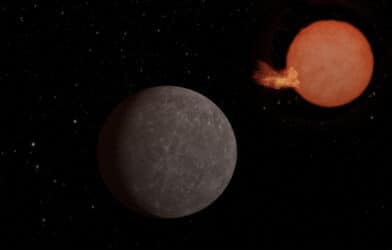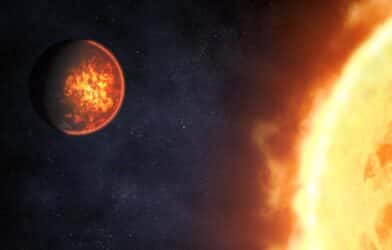Kamilla Cziráki from ELTE Reveals New Insights for Moon’s Navigation Systems
As humanity gears up for a return to the Moon, researchers are exploring cutting-edge methods of lunar navigation. One geophysics student, Kamilla Cziráki from Eötvös Loránd University (ELTE), has taken a unique approach to the challenge. Together with Professor Gábor Timár, head of the Department of Geophysics and Space Sciences, they devised a novel method inspired by mathematician Fibonacci, who lived 800 years ago.
Their findings, which could pave the way for future lunar journeys, have been published in the journal Acta Geodaetica et Geophysica.
Modern lunar vehicles, successors to the Apollo missions, are likely to rely on satellite navigation systems similar to Earth’s GPS. However, the Moon’s navigation parameters differ significantly due to its unique shape and rotation. Unlike Earth’s geoid or sea level-based GPS, the Moon’s best-fitting shape is an ellipse intersecting at its poles and closest to its center of mass. The Moon’s semi-major and semi-minor axis must be determined for effective navigation software transfer from Earth to the Moon.
The Moon’s slower rotation period, matching its orbital period around Earth, makes it nearly spherical. While previous mappings approximated the Moon’s shape as a sphere, Cziráki and Professor Timár calculated the shape of a rotating ellipsoid for the first time. This pioneering work builds upon Soviet space scientists’ calculations from the 1960s, utilizing data from the side of the Moon visible from Earth.
To achieve this, Cziráki and Timár used a database of the lunar selenoid, a potential surface, to extract height samples at evenly spaced points on the Moon’s surface. Employing a method called the Fibonacci sphere, based on Fibonacci’s ancient mathematical principles, they arranged N points uniformly on the Moon’s spherical surface, leading to stable parameter values.
What is the Fibonacci sphere?
Of course! Let’s break it down in simpler terms.
Imagine you have a bunch of pins, and you want to stick them all over a globe so that they are spread out as evenly as possible. The question is: where should each pin go?
The Fibonacci Sphere is like a clever recipe or method to help us place those pins on the globe in a way that they’re spread out pretty evenly.
This method uses the Fibonacci sequence, which is a special sequence of numbers where each number is the sum of the two before it (like 0, 1, 1, 2, 3, 5, 8, 13… and so on). When we use this sequence in a certain way, it gives us a pattern that helps distribute the pins evenly on the globe.
In essence, the Fibonacci Sphere is just a smart way to spread things out on a round surface.
A breakthrough in cosmic communication
Dr. Wei Zhang, an associate professor at the University of Surrey, expressed enthusiasm for the potential impact of Cziráki’s research. “The insights gained from this research will undoubtedly shape the future of data communication,” Zheng says in a statement.
Meanwhile, Cziráki’s accomplishment has already earned her first place in the geophysics section of the national scientific competition.
As space exploration continues to push boundaries, Cziráki’s innovative approach offers new hope for smoother lunar navigation and future interstellar journeys. The application of ancient mathematician Fibonacci’s method to modern space research is a testament to the timelessness of scientific ingenuity.
